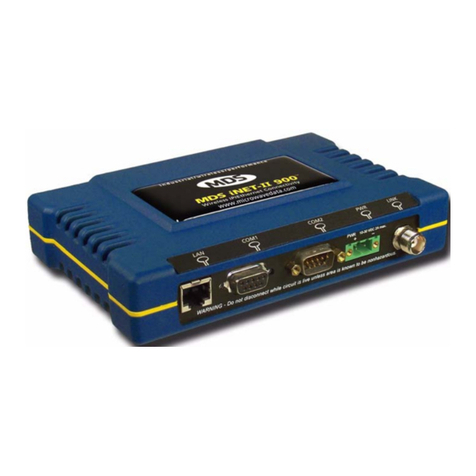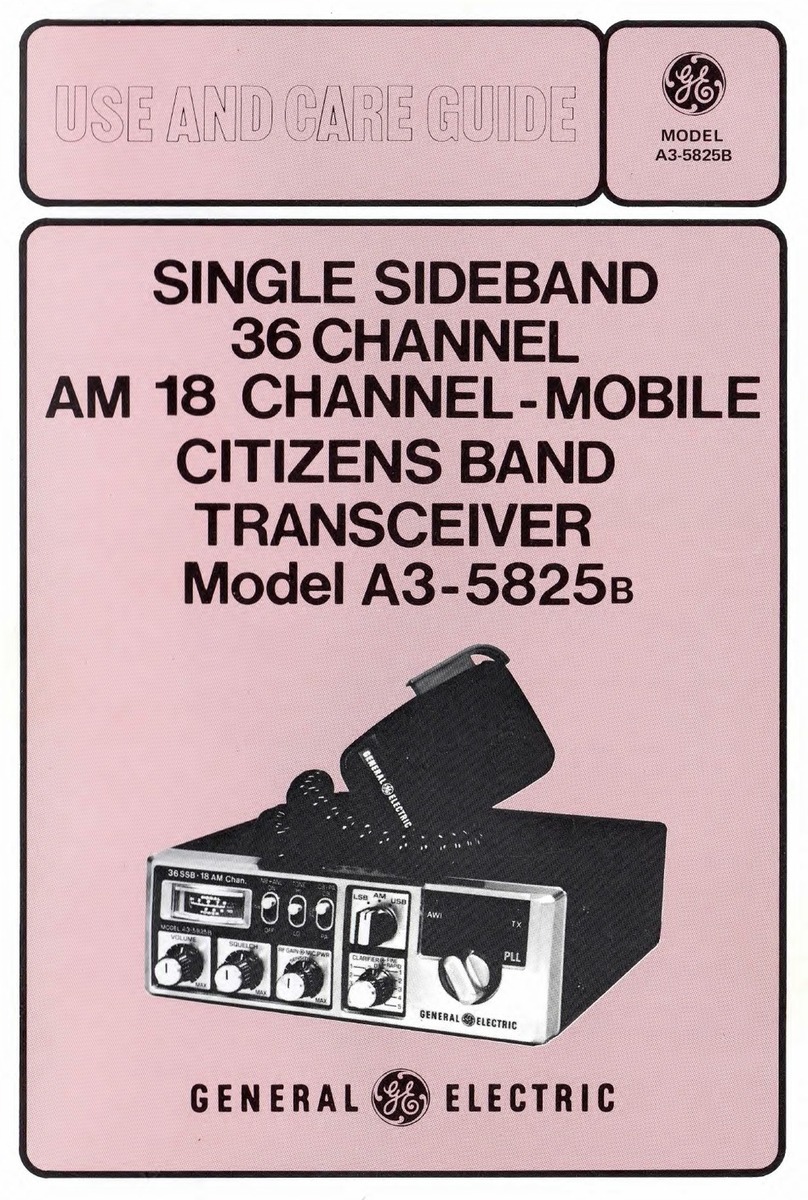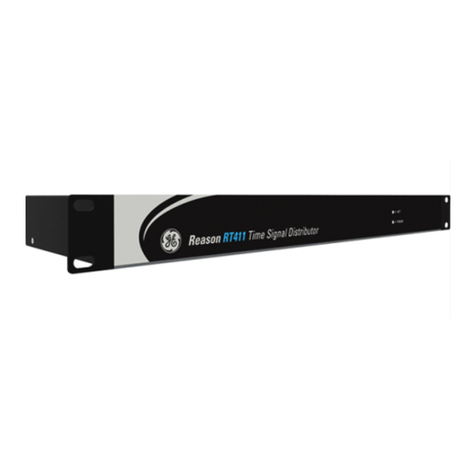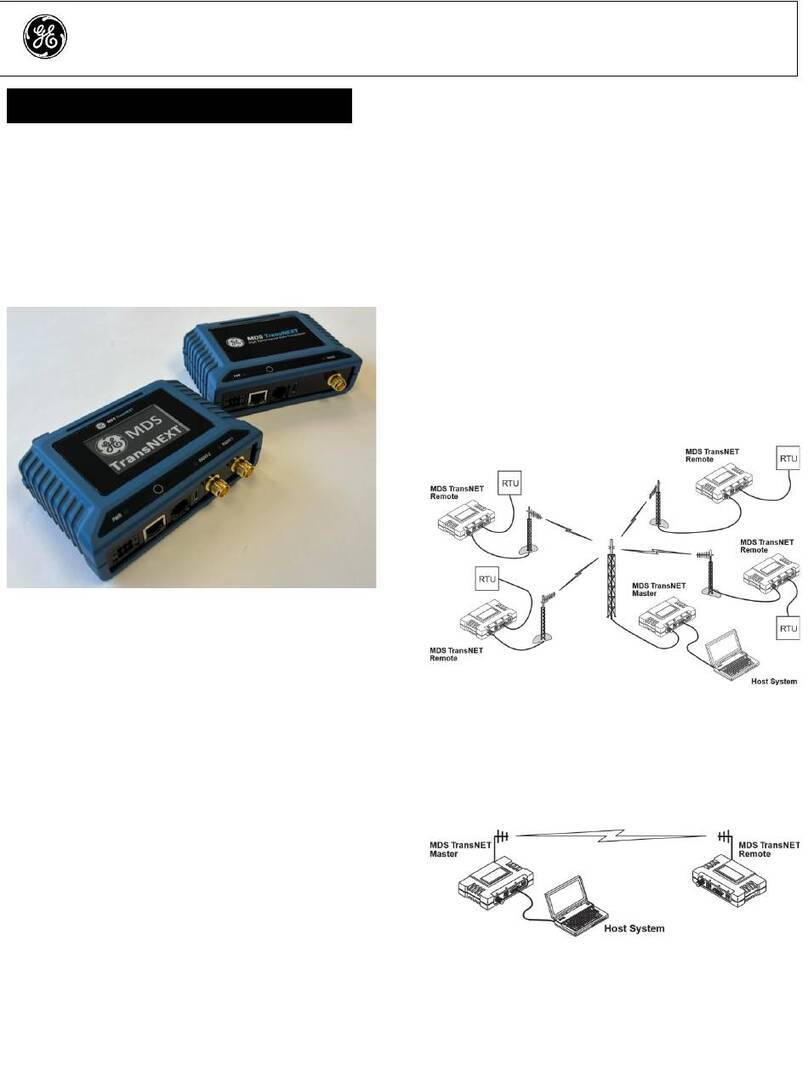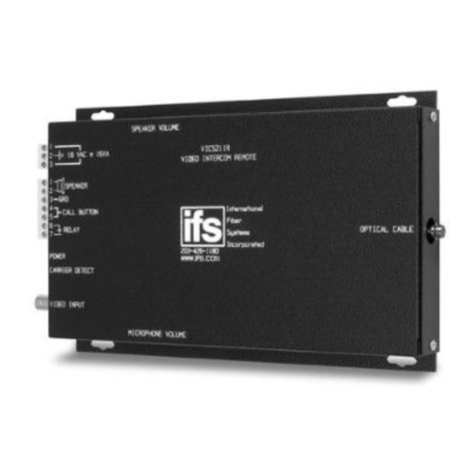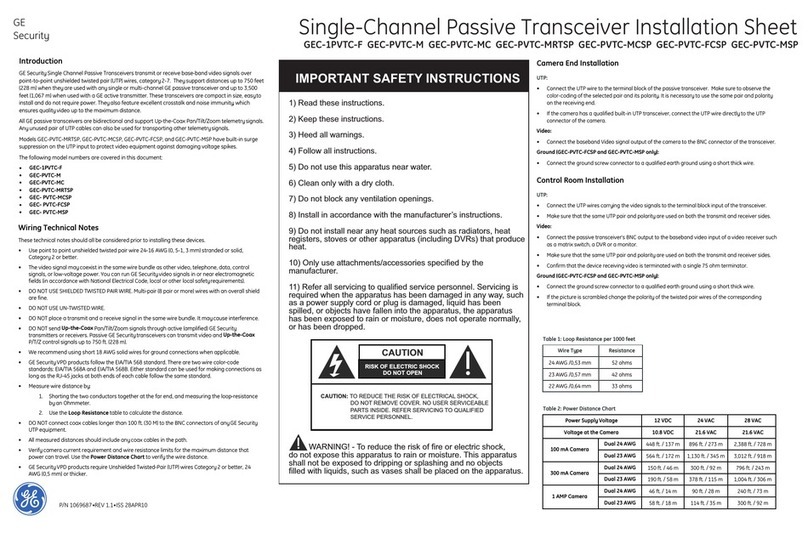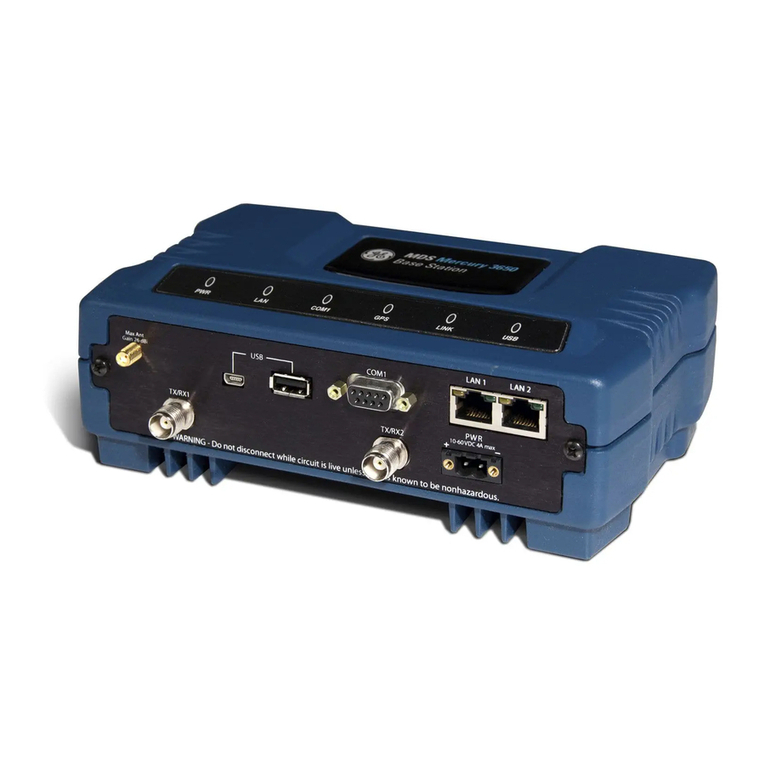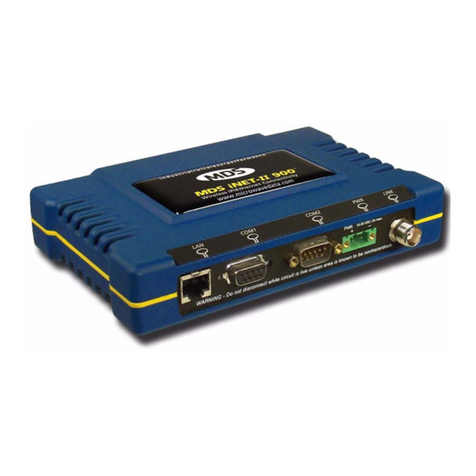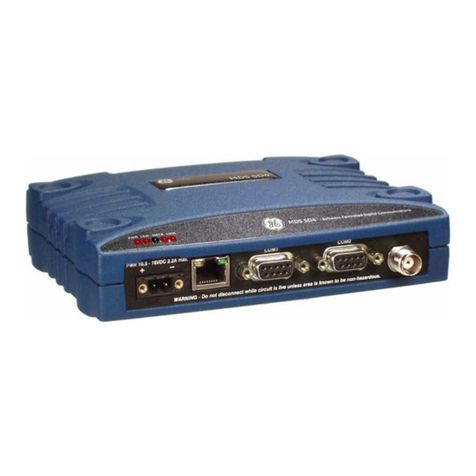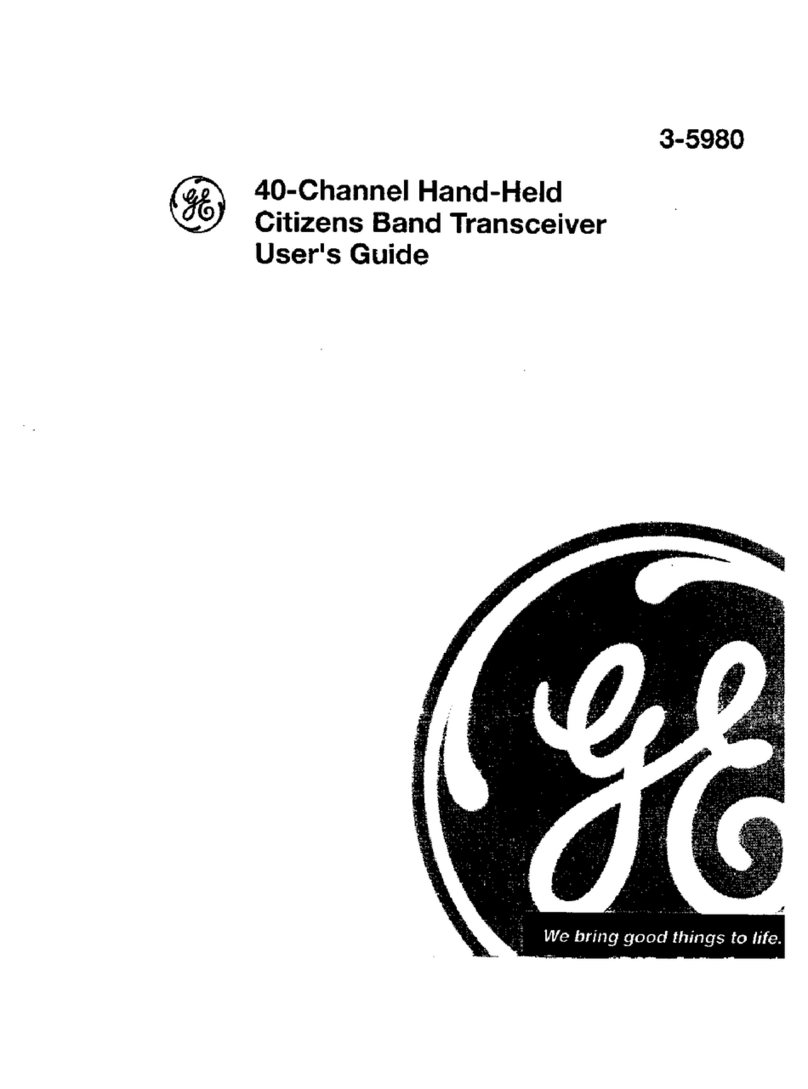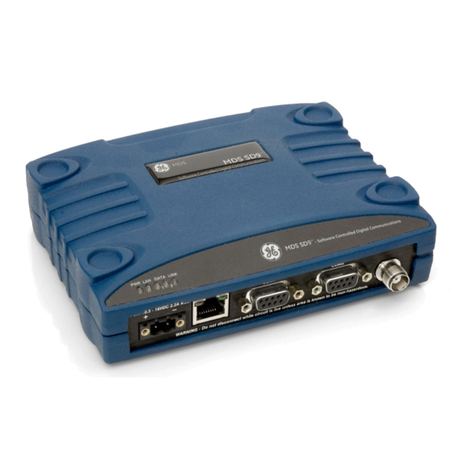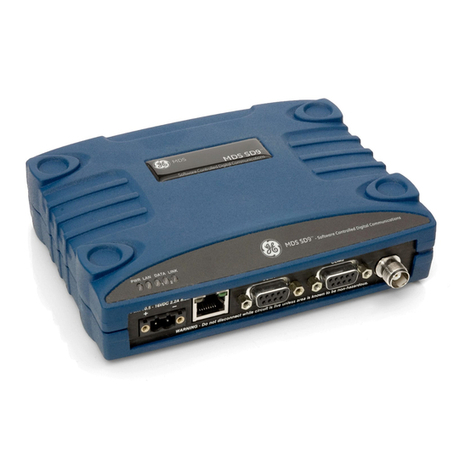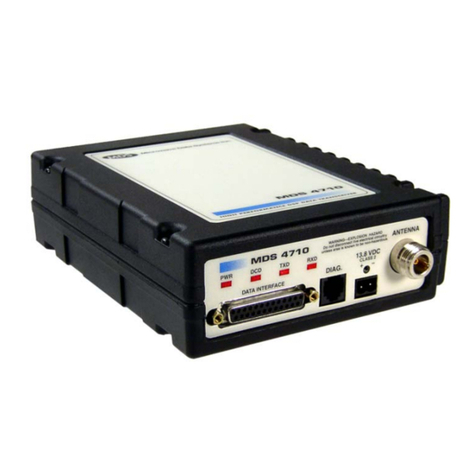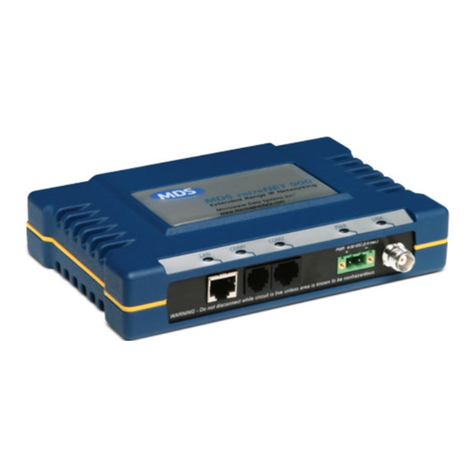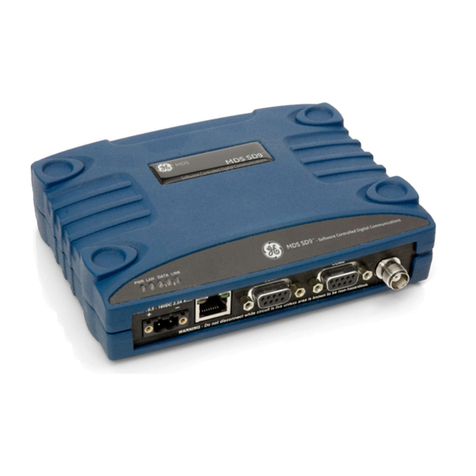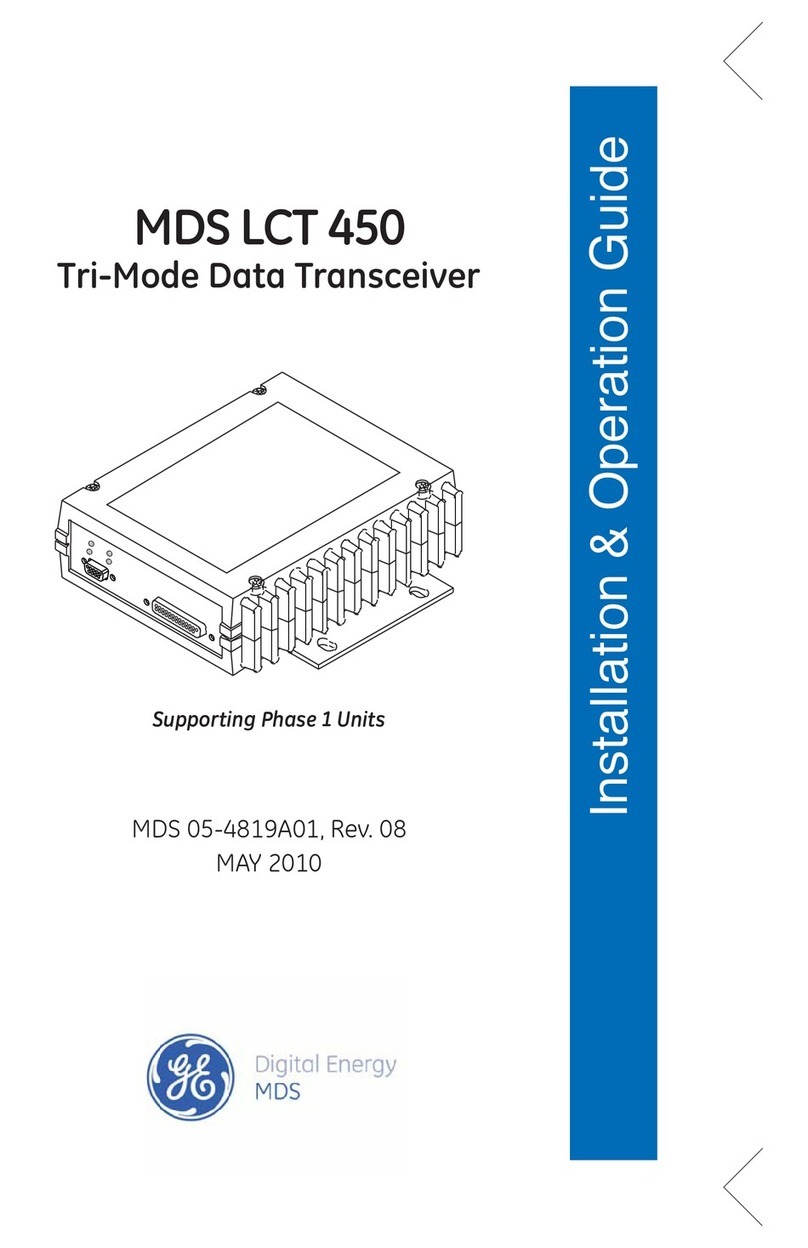
TABLE OF CONTENTS
1.0 INTRODUCTION...................................................................................................................................1
1.1 Conventions Used in This Manual ........................................................................................................1
1.2 New Features in this Release...............................................................................................................2
2.0 PRODUCT DESCRIPTION...................................................................................................................3
2.1 Front Panel Connectors and Indicators.................................................................................................3
2.2 Key Product Features............................................................................................................................3
Media Access Control (MAC)...........................................................................................................4
VLAN Capability...............................................................................................................................5
Terminal Server Capability...............................................................................................................5
Store and Forward Capability ..........................................................................................................5
Peer-to-Peer Capability....................................................................................................................5
Tail End Network Capability.............................................................................................................5
Frequency Re-use (System ID) .......................................................................................................5
2.3 SD Model Offerings...............................................................................................................................6
2.4 Operating Modes and Applicable Manuals ...........................................................................................6
2.5 Accessories and Spares........................................................................................................................7
Protected Network Station ...............................................................................................................8
2.6 MDS™ Master Station Compatibility.....................................................................................................8
3.0 TYPICAL APPLICATIONS...................................................................................................................9
3.1 Operating Parameters...........................................................................................................................9
3.2 Example Systems................................................................................................................................10
Multiple Address Systems (MAS) ..................................................................................................10
Point-to-Point System ....................................................................................................................11
IP Payload/Ethernet Polling and Terminal Server Operation ........................................................11
Port Sharing with Multiple Hosts....................................................................................................12
Push Communication (Report-by Exception).................................................................................13
IP Polling of Serial Remotes ..........................................................................................................14
IP Polling of Two Serial Ports on One Remote..............................................................................14
4.0 INSTALLATION PLANNING..............................................................................................................16
4.1 Chassis Dimensions............................................................................................................................16
4.2 Mounting Bracket Options...................................................................................................................17
Optional DIN Rail Mounting ...........................................................................................................17
4.3 Antennas and Feedlines......................................................................................................................18
Antennas........................................................................................................................................18
Feedlines..........................................................................................Error! Bookmark not defined.
4.4 DC Power Connection.........................................................................................................................19
4.5 Grounding Considerations...................................................................................................................20
4.6 Ethernet Data Interface (RJ-45)..........................................................................................................20
4.7 Serial Data Interfaces..........................................................................................................................21
COM1 (Serial) Connection.............................................................................................................21
COM2 (Data) Connections.............................................................................................................22
5.0 STEP-BY-STEP INSTALLATION.......................................................................................................25
5.1 Initial Configuration..............................................................................................................................25
Web-Based Management ..............................................................................................................26
Web Browser Connection ..............................................................................................................26
Alternative Management Methods .................................................................................................29
5.2 Initial Startup & Checkout....................................................................................................................29
Ethernet Connector LEDs..............................................................................................................30
5.3 Optimizing the Radio Network.............................................................................................................30
Modem Type Setting......................................................................................................................30
MDS 05-4846A01, Rev. J SD Series Technical Manual i
